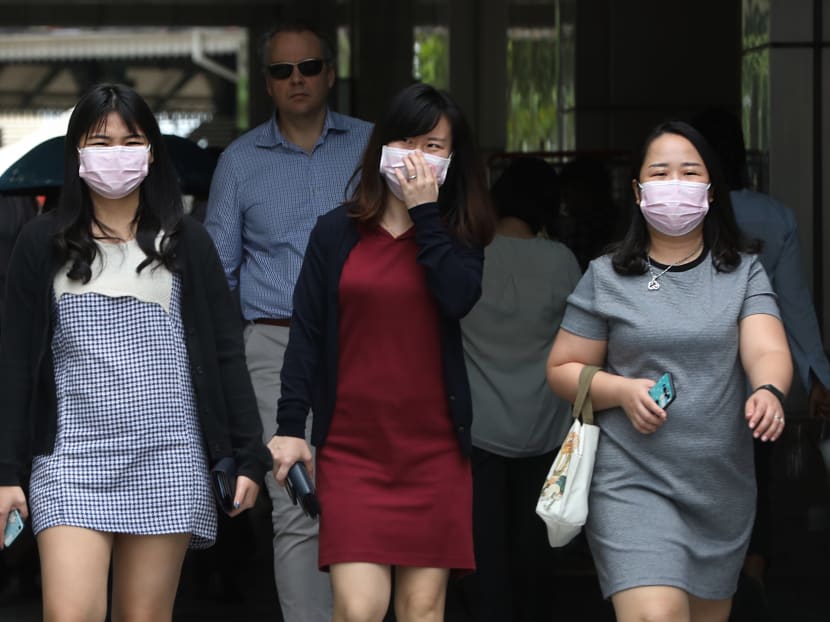Examine how women are represented in marketing, the media
The growing conversation in Singapore media about women’s role in politics and diversity data in the boardroom is a sign that we are moving in the right direction as a society.

The writer calls on the Government to study representations of women in Singapore’s marketing and media landscape as part of its review of gender-related attitudes and behaviours.
The growing conversation in Singapore media about women’s role in politics and diversity data in the boardroom is a sign that we are moving in the right direction as a society.
The comprehensive review mentioned by Home Affairs and Law Minister K Shanmugam on Sept 20 to bring about a change in mindsets on gender equality and respect for women is commendable. Such efforts will bring to light areas for improvement.
But in addition to studying diversity and attitudes in the workforce, politics and education, it is important for us to address how we represent women in Singapore’s marketing and media landscape.
Is what we see on screen who we are?
Women make up almost 39 per cent of the global workforce.
Singapore surpasses the global average with more than 60 per cent of working-age women engaged actively in the labour market. This ratio has been steadily increasing since the 1970s, and in general, women in Singapore today have higher education levels than 25 years ago.
Why is it, then, that Singapore advertisements are six times more likely to show women doing domestic chores than men, and 32 per cent more likely to feature men in lead roles?
This is a disparity that gender equality group Association of Women for Action and Research (Aware) and marketing consultancy R3 sought to better understand earlier this year.
We looked at 200 television advertisements produced by Singapore’s top 100 advertisers, all broadcast in Singapore between 2018 and 2020, and found that too often, women were portrayed as having less ambition, less capability or were cast in the roles of victims.
There have been exceptions by homegrown firms such as Singtel, StarHub and United Overseas Bank, which have worked with local advertising agencies to address portrayals of gender bias and bring about greater diversity in their advertising.
These advertisements have been successful in not only growing brand engagement, but igniting healthy conversations around characters and values.
Aware and R3’s study shows that we have some way to go in providing positive role models for men and women in Singapore.
One way to do this is to make brands more accountable and responsible in producing the right messaging through advertising guidelines.
In the marketing industry, we have already started channels for dialogue on the matter, and are encouraging marketers and agencies to increase, support and acknowledge diversity in their teams.
If we want to see men and women treating one another with respect and having access to equal opportunity, then we must call on those in charge of shaping perceptions to be involved in such change.
ABOUT THE WRITER:
Ms Goh Shu Fen is the co-founder and principal of R3, a marketing consultancy. She is also the president of the Association of Marketing and Advertising Singapore.
Have views on this issue or a news topic you care about? Send your letter to voices [at] mediacorp.com.sg with your full name, address and phone number.









